On September 26, 1962, a group of Yemeni officers deposed the country’s ruling imam Muhammad al-Badr and abolished the centuries-old institution of the imamate. In its place, they declared the Yemen Arab Republic (YAR), modeled in part on Egypt under Gamal Abdel Nasser. For eight years, a brutal civil war raged between the republicans, supporters of the new order, and the royalists, defenders of the old system. A peace agreement eventually ended the fighting, with the republic emerging victorious. In 1990, the republic united with South Yemen, formerly the People’s Democratic Republic of Yemen (PDRY). The 1962 revolution brought profound social change to northern Yemen: the old elite of the Hashemites, descendants of the Prophet Muhammad, was displaced and replaced by a new class of military officers and tribal leaders from the large confederations.
The Houthi insurgency, which erupted in 2004, can be seen as a belated counter-revolution. It grew out of decades of resentment among the marginalized Hashemites, was fueled by radical Zaydi Shia ideology, armed by Iran, and enabled by the protracted failure of rule from Sana’a.
Now, as “September Revolution Day” marks its sixty-third year, the Houthis are grappling with their own identity crisis. They have created an entity that resembles the imamate cloaked in republican dress, and the relationship between the Houthis and the government they control in northern Yemen is far more complex than appears at first glance. One way to understand the Houthi regime is through the National Vision for the Modern Yemeni State, published in March 2019. The document portrays a misleading image of a normal, functioning state and proclaims the Houthis’ central goal: “a modern, democratic, stable, and unified Yemen built on strong institutions, the realization of justice, the pursuit of development and a decent standard of living for Yemeni citizens, the defense of national independence, and the aspiration for world peace and equal, proper cooperation with the rest of the world.”
Indeed, although they are in practice rebels against the republic (Yemen’s legitimate government), the Houthis act to preserve the appearance of continuing the republic through broad representation and political inclusion. For example, the regime’s presidents so far, including Saleh Ali al-Sammad and Mahdi al-Mashat, have come from tribal (non-Hashemite) backgrounds, while prime ministers such as Abdel Aziz bin Habtour and Ahmed al-Rahwi were appointed from the ranks of the General People’s Congress (GPC), the party that ruled all of Yemen before the Houthis seized control of the north. This pattern of appointments reflects a Houthi strategy of naming senior figures from different sectors to representative positions that in practice lack influence.
In contrast, another view likens the regime to the North Korean model: a totalitarian state ruled exclusively by the Houthis, with key posts filled by loyalists and any dissent crushed swiftly and brutally. In reality, Abdul-Malik al-Houthi and the Hashemite elite that has “returned” to power exercise harsh repression against anyone who dares to oppose them—or even to voice an opinion that diverges from official doctrine. The Houthis seek to combine both models: to create a Yemeni state that appears independent and distinct from the Houthi movement, while in fact remaining fully under their control. The regime aspires to be recognized as the “Government of Yemen” without it being exclusively identified with the Houthi movement itself.
Yemen’s competing visions are fundamentally contradictory and irreconcilable except through a semblance of significant participation by non-Houthi actors. Before the ouster of President Ali Abdullah Saleh in 2012 and the Houthis’ takeover of Sana’a in 2014, Yemen had for decades been ruled by the GPC, which allowed limited political competition. Still, under Saleh, repression was more restrained and less violent than under Abdul-Malik. Saleh’s strategy of rule relied on stoking rivalries among various factions to weaken them and then co-opting them into the machinery of government. The Houthi regime, by contrast, seeks to reshape Yemeni society from the ground up to ensure (to the extent possible) absolute loyalty to Abdul-Malik. For Yemenis living under Houthi rule, the supposed separation between the movement and the state is likely seen as transparently hollow and lacking any credibility.
The Houthis’ central rationale for creating distance from the state stems from the chronic structural failures of governance, including the persistent inability to provide citizens with basic services or an adequate standard of living. Were these failures attributed directly to the Houthi movement, public hostility toward Abdul-Malik and his inner circle would likely intensify. To avoid this, the regime reserves senior posts such as president and prime minister for Yemenis outside the Hashemite line, cultivating an image of broad representation beyond its core support base. Through this strategy, the Houthis hope to cling to power without bearing direct responsibility for state failures. It also helps allay the public’s fears that their goal is to resurrect the Hashemite imamate, which ruled Yemen for nearly a millennium until its overthrow in 1962, at the expense of the more tribally based republic.
The movement may find it increasingly difficult to sustain this fig leaf of broad political representation. This assessment runs counter to the common perception that “puppet” figures from the GPC are easily replaceable and therefore of little value to the regime. So far, the Houthis have relied on appointing prominent GPC-affiliated figures to senior but mostly symbolic posts, thereby projecting an image of inclusion without actually sharing power outside their core. Among such figures are former prime ministers bin Habtour and al-Rahwi. Al-Rahwi had served as deputy governor of al-Mahwit and Abyan provinces under Saleh and held various roles within GPC committees. After defecting to Houthi-controlled Sana’a in 2015, he was given the nominal post of governor of Abyan—a symbolic appointment since the governorate was not under Houthi control. In 2019, he was appointed to the Houthis’ Supreme Political Council, and in 2024 he was named prime minister, a position he held for only a year before being assassinated. Still, it remains unclear to what extent such symbolic appointments have actually convinced GPC loyalists in northern Yemen that their need for representation has been met.
Because of the regime’s totalitarian character, it will become increasingly difficult over time for the Houthis to maintain the appearance of GPC representation, formerly the dominant force in Yemen’s politics. On the one hand, if the Houthis wish to project an image of inclusive governance that satisfies GPC loyalists, they must select leaders identified with the party who still retain influence within it. On the other hand, they seek to avoid granting legitimacy to senior GPC figures such as Sadiq Amin Abu Ras, who have demonstrated some independence by backing public protests against regime failures. Following that incident, the Houthis dismissed the government, and more recently they have even launched a campaign against several senior GPC officials, including Abu Ras himself. Now, the appointment of a successor to al-Rahwi after his assassination—likely drawn from the GPC to preserve the appearance of broad representation—will require them to strike a delicate balance between credibility and obedience. Failure to manage this tension, which embodies the conflict between imamate and republic, could provoke political challenges.
The regime’s internal contradictions become even sharper in the period surrounding September 26, all the more so at a time when a senior GPC figure has yet to be appointed prime minister. Despite the Houthis’ threats to “cut off the heads” of Yemenis who dare to celebrate, it is likely that some brave citizens will take to the streets to mark “September Revolution Day.” At its core, the Houthi regime opposes any religious, cultural, or national activity outside its control, especially those that might expose or encourage a narrative conflicting with the delicate balance it seeks to project between republic and imamate.
As a result, friction is expected on September 26, which could lead to violent clashes and further erode the regime’s image of invincibility. At the same time, public discourse in Yemen outside Houthi-controlled areas appears less hostile toward Israel, a development that could create opportunities to intensify pressure and accelerate processes that may ultimately bring about the regime’s collapse.
JISS Policy Papers are published through the generosity of the Greg Rosshandler Family.

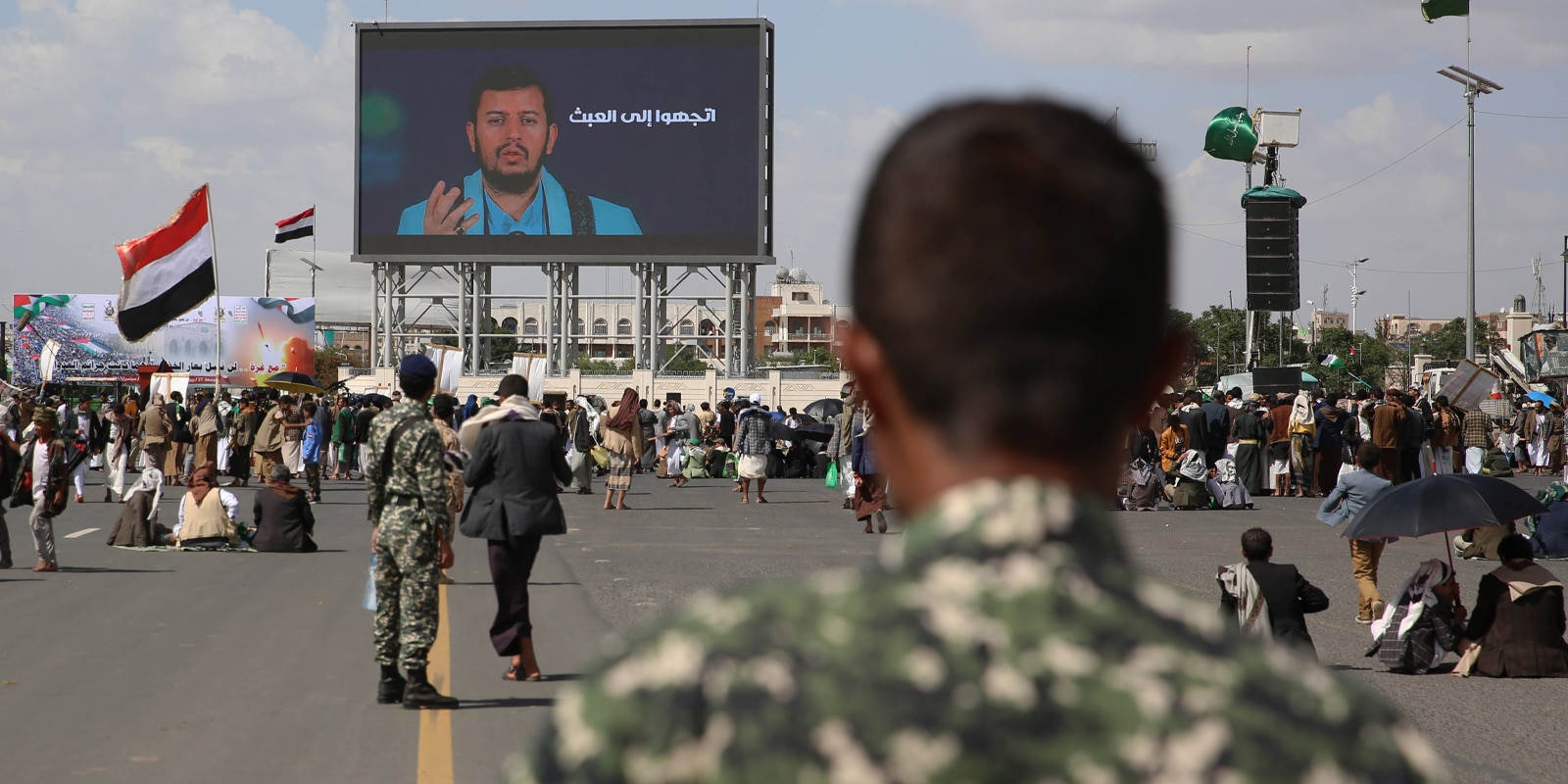





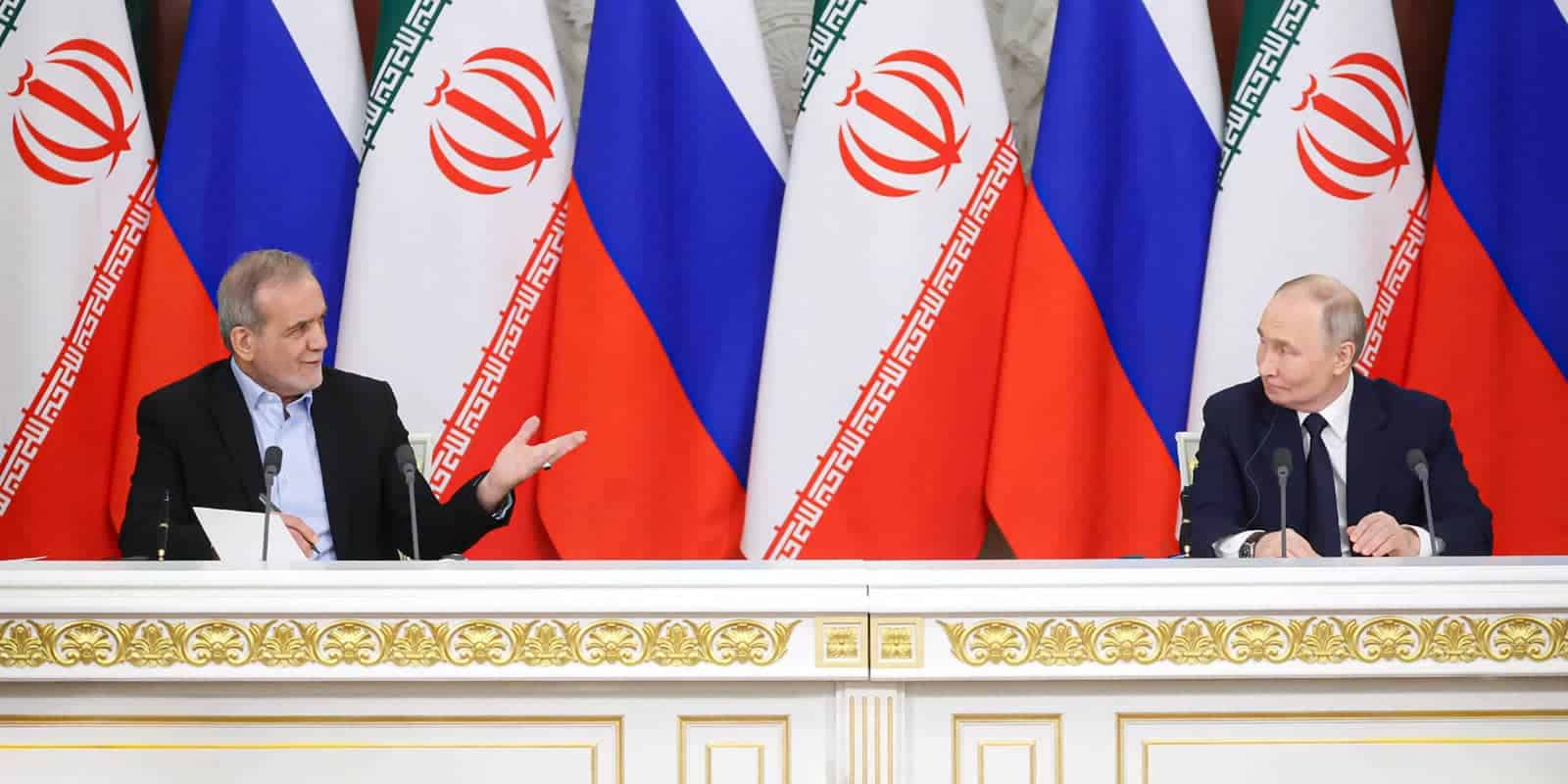
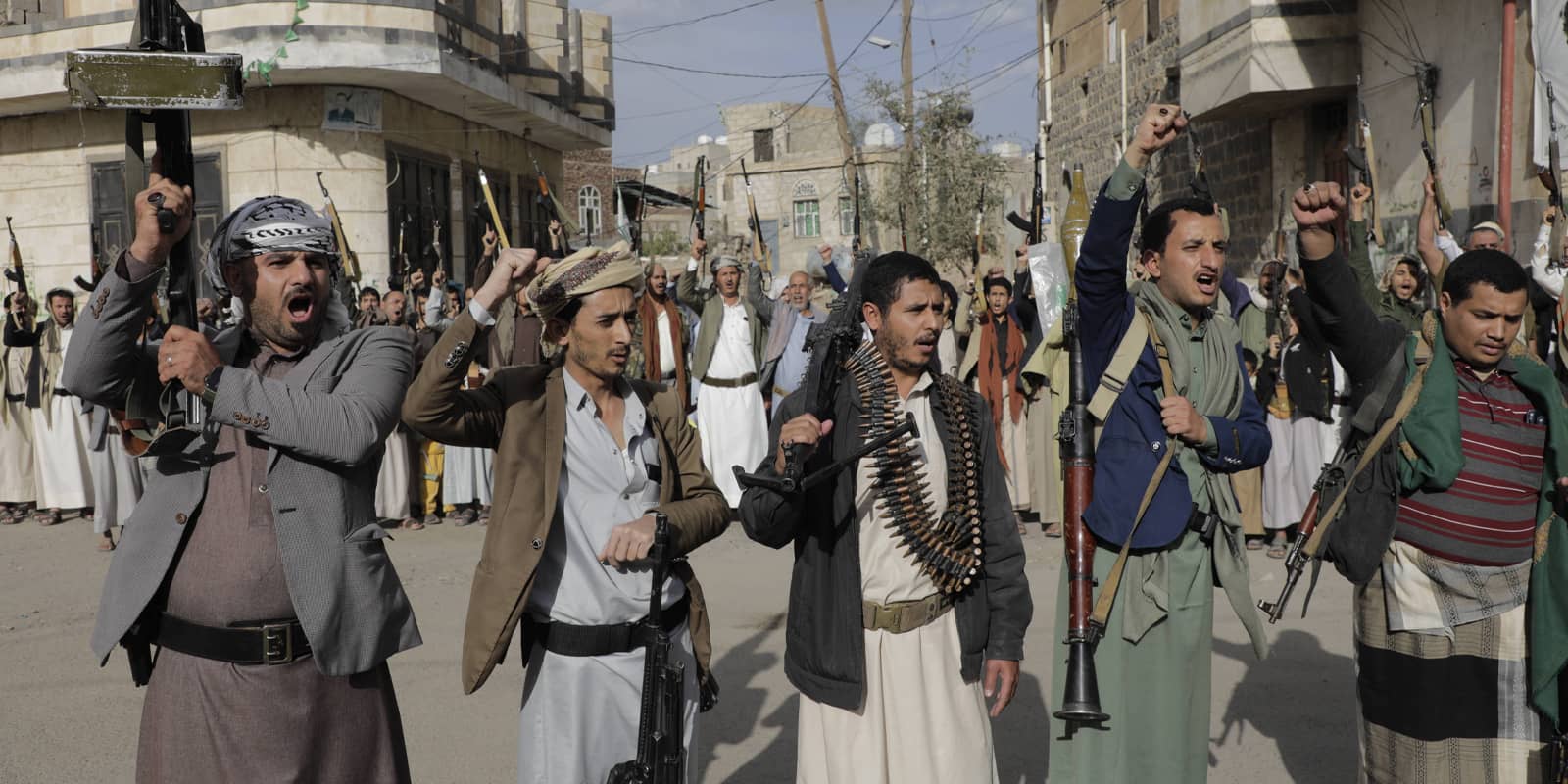
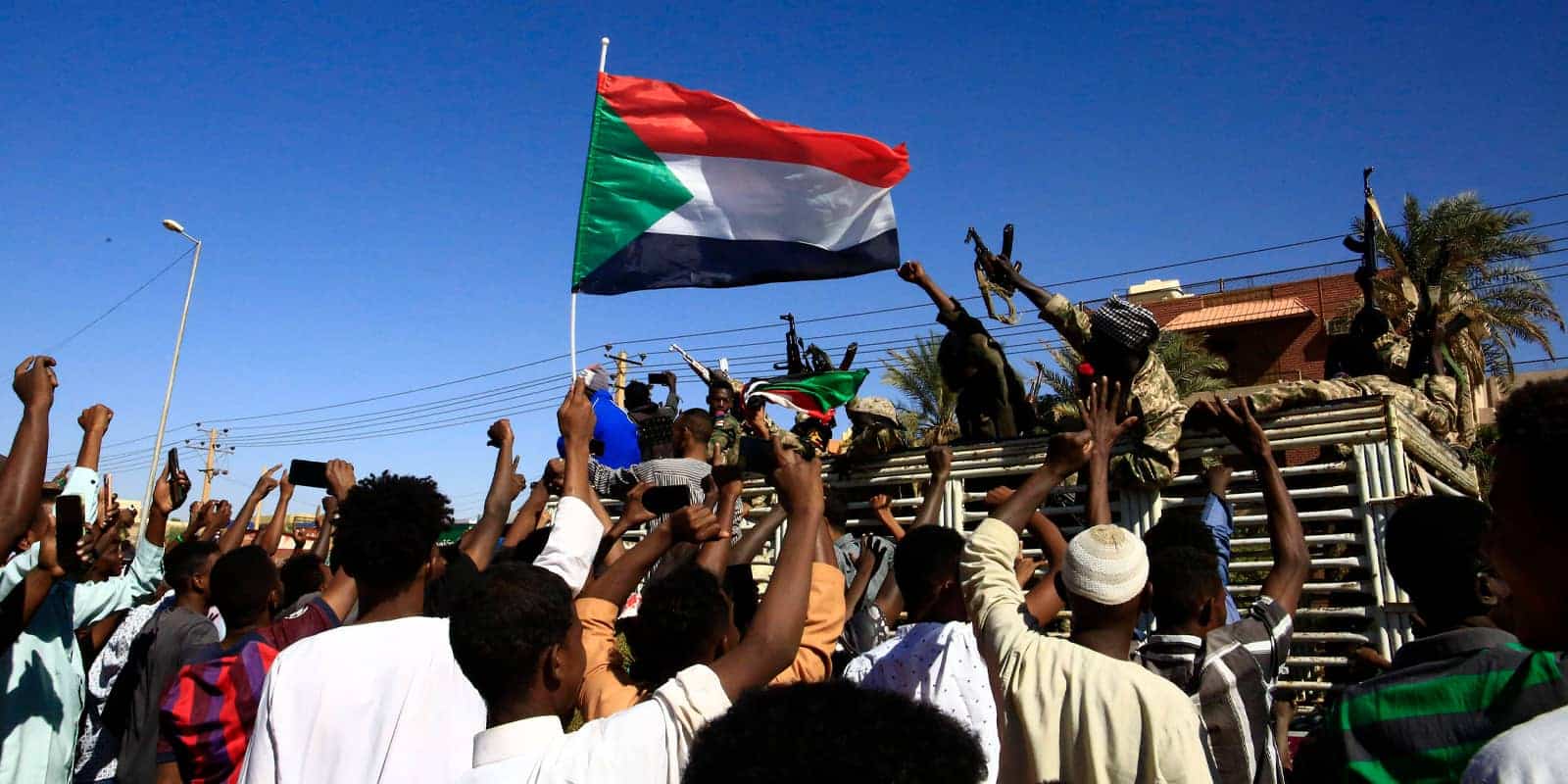


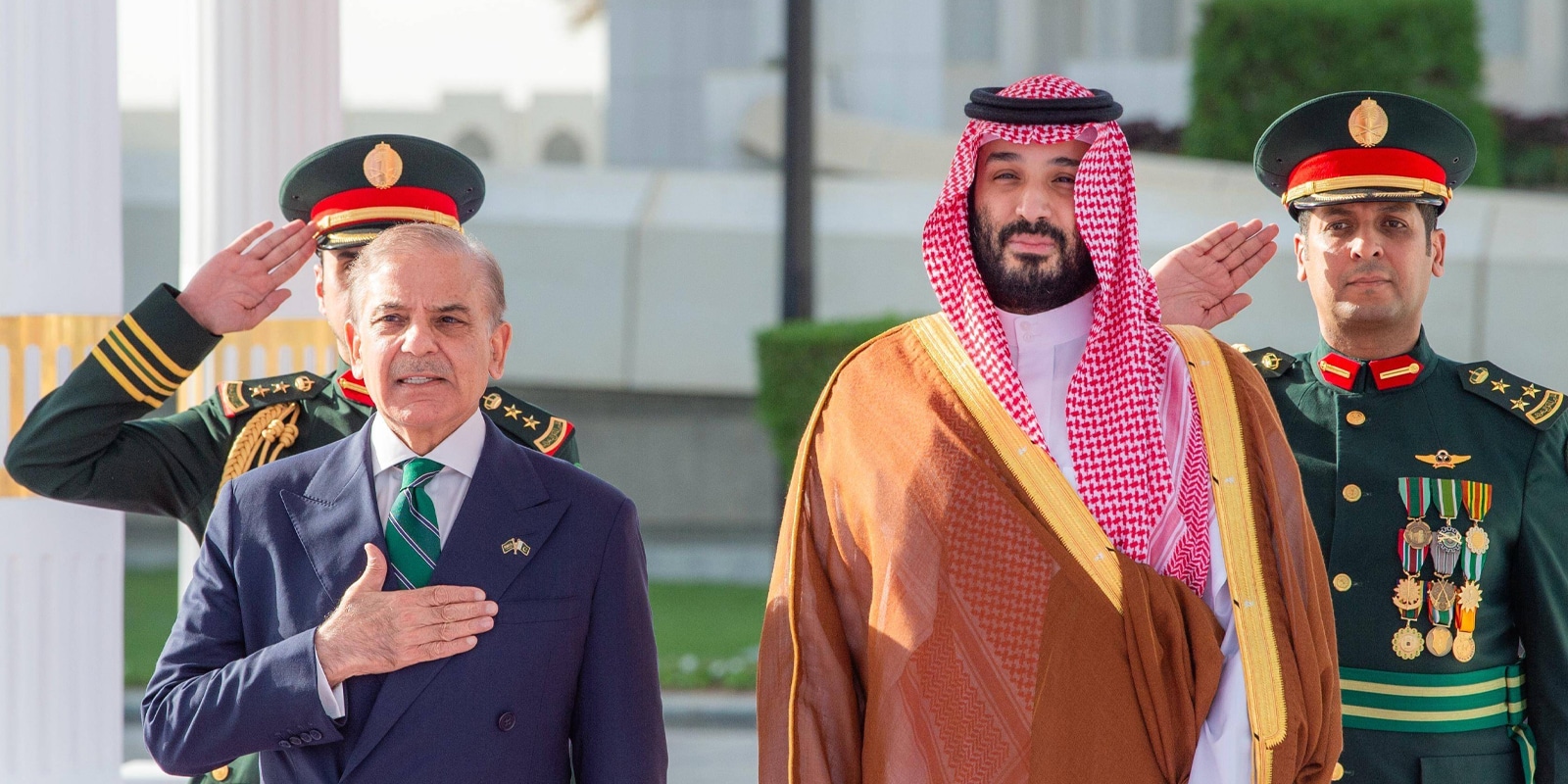
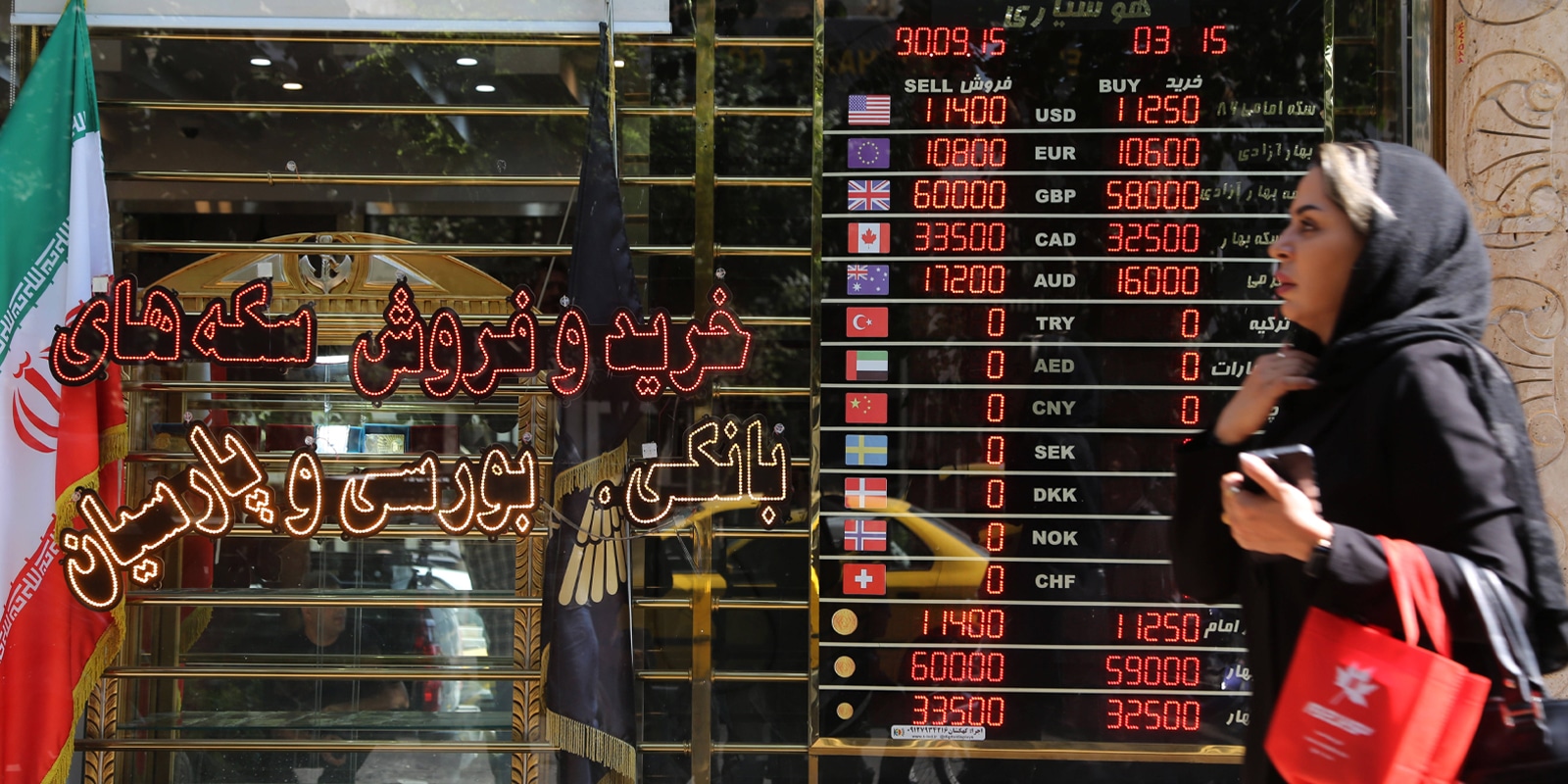

Hamas’s Battle with Gaza’s “Rogue Clans” in the Eyes of the Palestinian Public